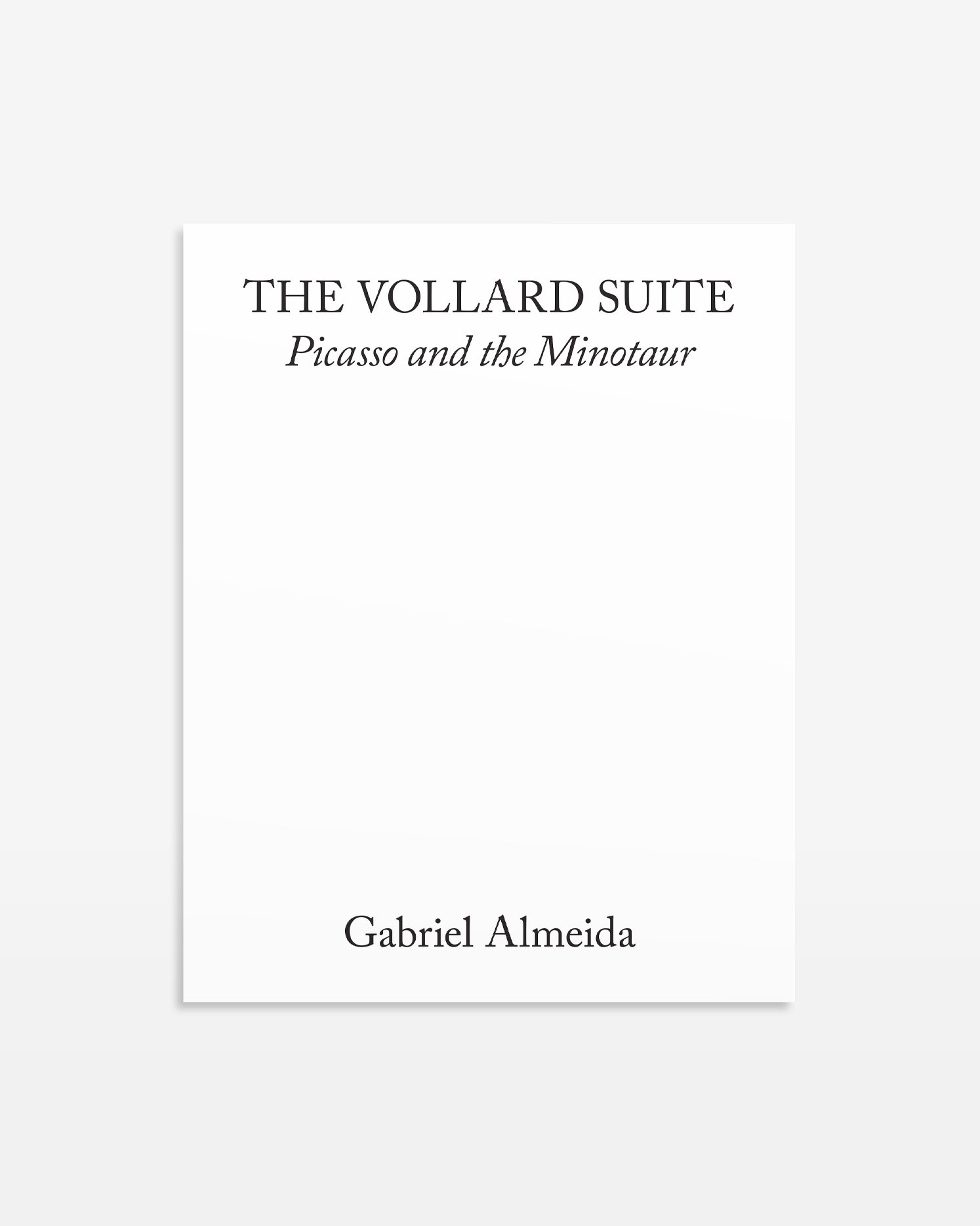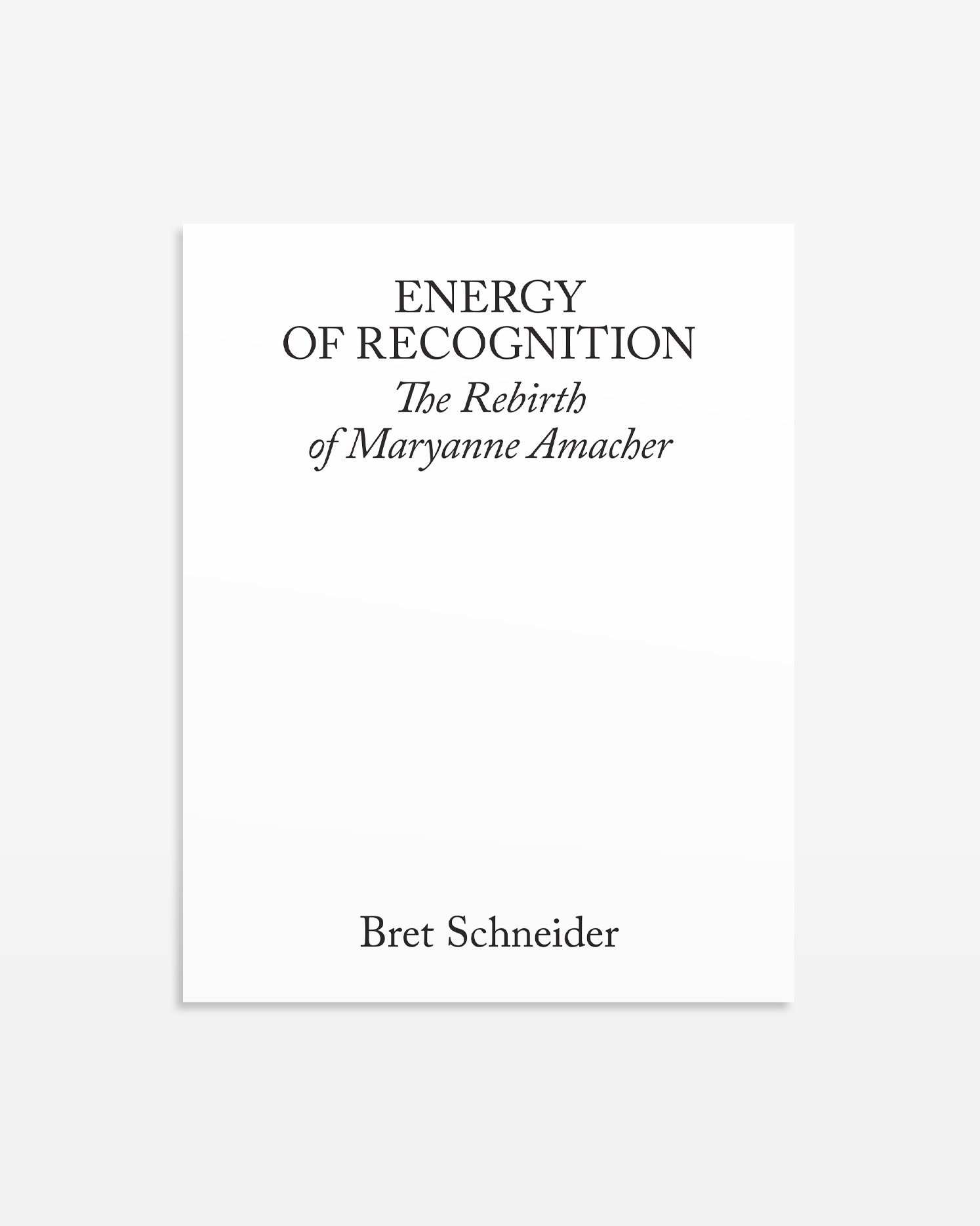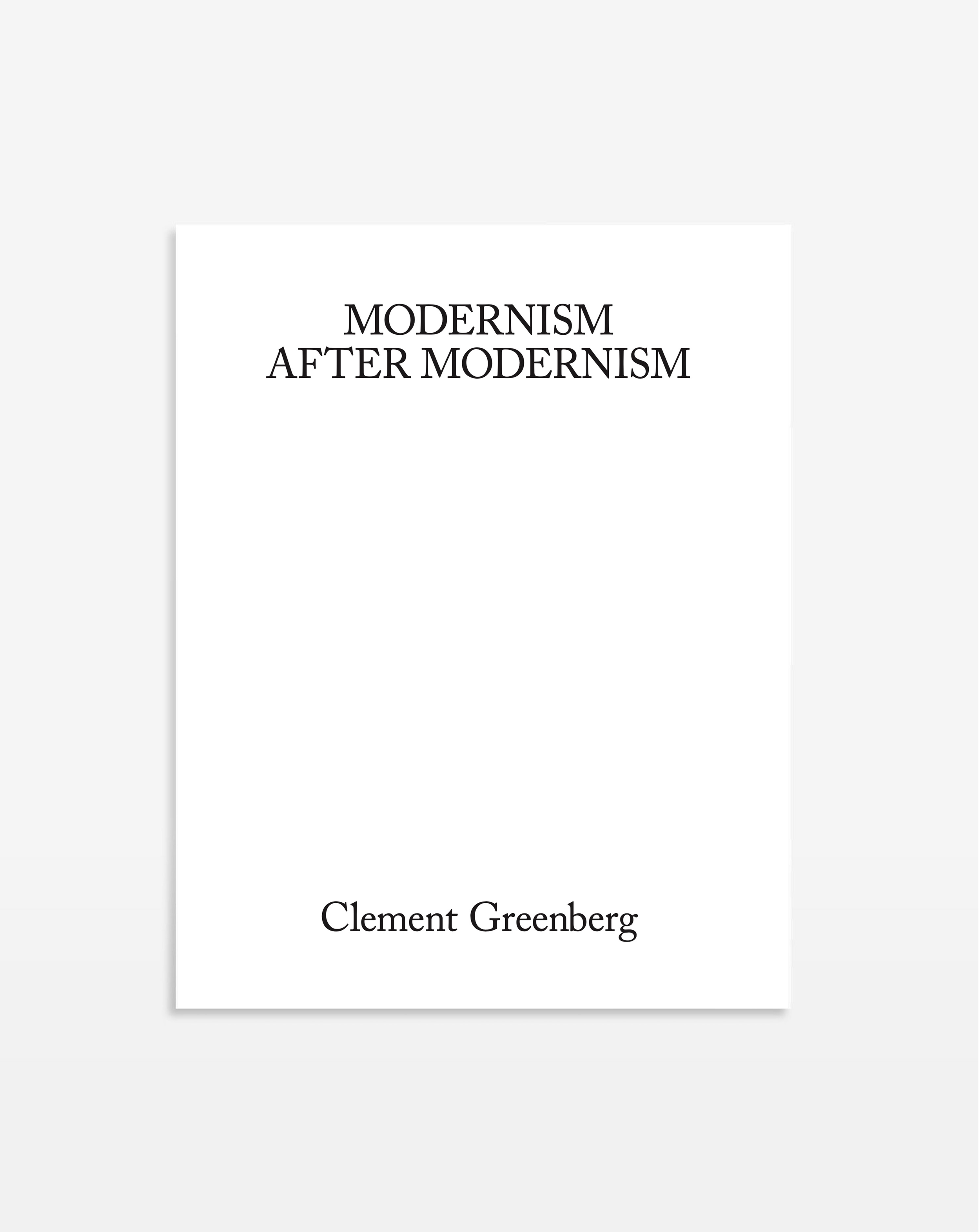LATE CRITICISM
PAMPHLET SERIES
Caesura is pleased to announce a new series of 10 pamphlets called Late Criticism, a group of longer-form essays on art, music, film, and literature, hard to find and out-of-print material, collections of poetry, and portfolios of visual art.
With a subscription, you will receive the full volume of 10 pamphlets as they’re released in four installments over the coming year. Each pamphlet will also be available individually for purchase.
LATE CRITICISM
08. 2023
VOL 01-03
-
by Bret Schneider
Bret Schneider’s Groundwork for a Study of Maryanne Amacher is a great tilling of the field, unearthing lost treasures and making fertile once again land which may bear unlikely musical fruits. A study of Amacher as a phenoma, it is a tocsin for young musicians to stake their lives on as-yet unrealized possibility. It is a challenge to the music critic to work through the musical tradition and experiments he has inherited and to go over once again what they have forgotten about themselves. It is a bet that Mozart’s musing, that we have yet to discover what music is really capable of, may still be true.
-
by Fred Camper
A collection of two essays on film by artist and critic Fred Camper.
“From the beginnings of my interest in cinema, then, I have expected a number of things from the medium at its best. A great film for me is first of all a coherent cinematic expression in which each image has a reason for being where it is and a reason for following the previous image: its filmic form is connected to some kind of meaning, however untranslatable that meaning may seem. The work as a whole affects me strongly, ecstatically: it seems ambitious and complete enough to offer, in its totality, not merely the self-expression of a personality but also some sense of a whole lived life, an entire consciousness, a whole form of thinking, a different possibility for being.”
-
by Gabriel Almeida
Editor Gabriel Almeida looks closely at Picasso’s Vollard Suite.
“You see this truculent character here, with the curly hair and mustache?” Picasso asked Francoise Gilot, talking about the Vollard Suite, “That’s Rembrandt. Or maybe it’s Balzac; I’m not sure. It’s a compromise, I suppose. It doesn’t really matter. They’re only two of the people to haunt me. Every human being is a whole colony.” The retinue of characters and creatures of the Vollard Suite haunt the artist, they are the ghost of a tragedy that unfolds through pages of prints. They are the most intimate and personal aspects of Picasso's life — in particular, “the luminous dream of youth, always in the background but always within reach,” named Marie-Thérèse Walter — enacted by figures of myth and history. Every character of Picasso’s series airs an intermingling of personal and poetical elements, and expresses through fantasy, intense anger and strain, love and pleasure, aporia and self-absorption, an irresolute conflict that neither reality nor the imagination are capable of satisfying.
LATE CRITICISM
12. 2023
VOL 04-05
-
by Meyer Schapiro
A critical model, a forgotten moment of experience: Meyer Schapiro’s review of the retrospective exhibition of Matisse at the Museum of Modern Art in 1931.
“We see within the works of a single man the radical transformation of art over the last thirty years, and we see it in the very man who was most effective in it. It has the character of a revolution, in fact, two revolutions – the first in the sudden turn from an impressionistic style to an abstract, decorative manner, which overthrew an almost millenary tradition of European naturalism; the second, towards 1917, in the return to naturalism, which preserved, however, the quality of design, attained in the preceding style by a drastic reduction of nature, by numerous distortions and the complete dissolution of perspective space.”
-
by Clement Greenberg with an introduction by Troy Sherman
How can art criticism and judgment persist in a time where even the memory of aesthetic experience is actively undermined? A selection of Clement Greenberg’s late writings brings to the fore the reflections of one of the most important art critics as he tries to “cope with the decadence” of late-twentieth century art. The selection will include well-known essays such as Recentness of Sculpture (1967), and Complaints of an Art Critic (1967), as well as the less known Abstract, Representational, and So Forth (1974), and others.
UPCOMING RELEASE CALENDAR
VOL. 06—10
PORTFOLIOS
VOL 06-07
-
with an introduction by Patrick Zapien
Peter Shear is a self-taught painter from Indiana. His paintings, roughly hewn and modest in scale, are visual essays in the literal sense: probing attempts at the limits of painting, or painting as painting as painting.
-
with an introduction by Gabriel Almeida
An abstract painter who takes as her content the given elements of color and form, Harriet Korman illuminates in her canvases a process of making – which is also the delightful process through which the imagination infinitely materializes.
POETRY
VOL 08-10
-
by MTC Cronin
Each work of art poses a question. In this long poem by MTC Cronin, upward inflection crystallizes into a taut buoyancy. Through gentle but relentless interrogation, the poem undoes the complacency of statement. In the glimmering minutiae of the everyday, language mediates the absolute. Cronin spares nothing, except answers.
-
by Pete Winslow
with an introduction by Hans F. WagnerCaught between Surrealism and the Beat Generation and largely lost to history, Pete Winslow (1934-1972) was an American West Coast poet, essayist, and journalist associated with the 1960s and 70s literary scene of San Francisco’s North Beach. This selection of poems by Hans F. Wagner reveals Winslow as a poet ready to unleash the promise of his work: “I leave time bombs around disguised as poems — even the connoisseur of duds gets his eyes opened once in a while.”
-
by Clark Coolidge
with an afterword by Austin Carder






